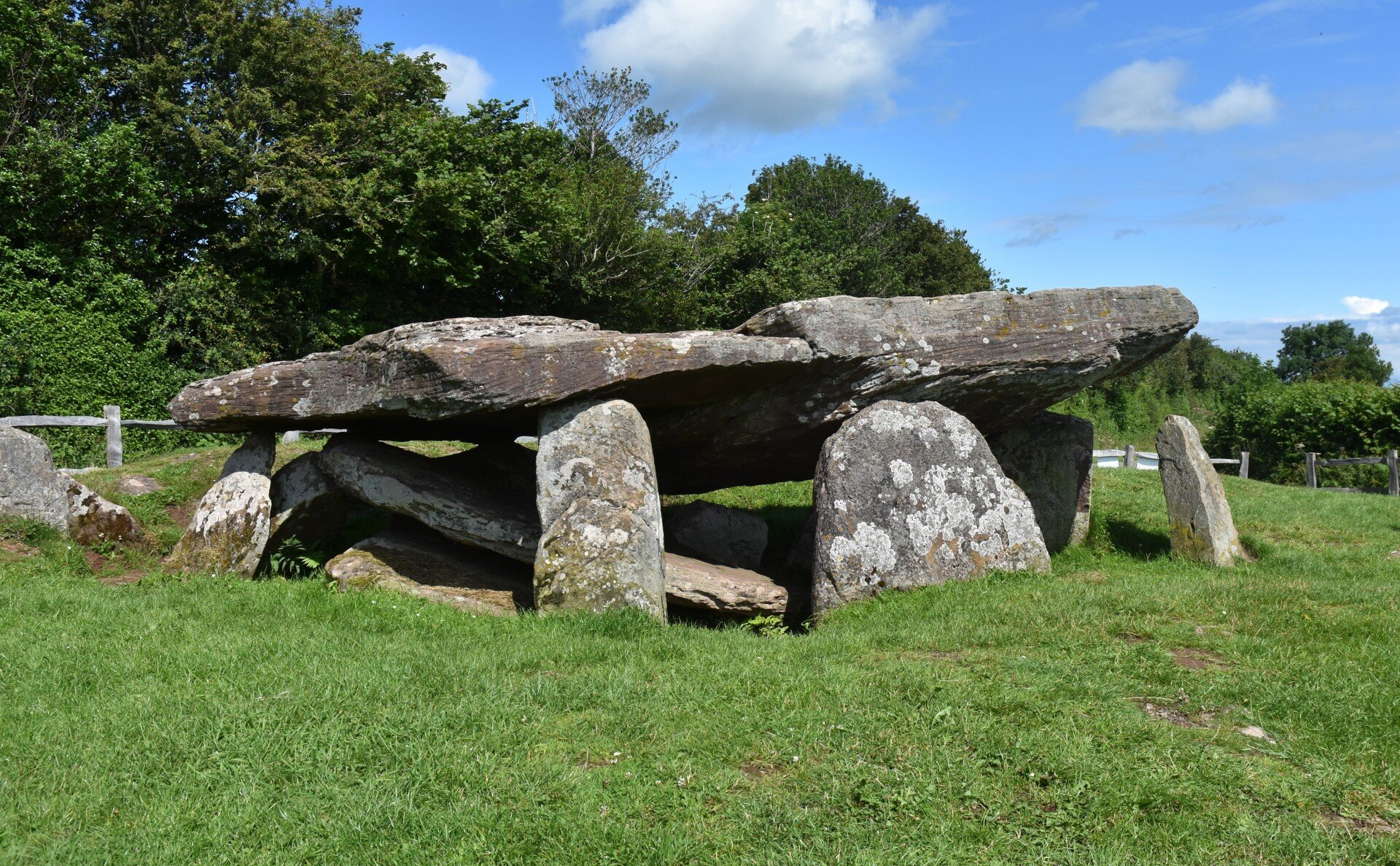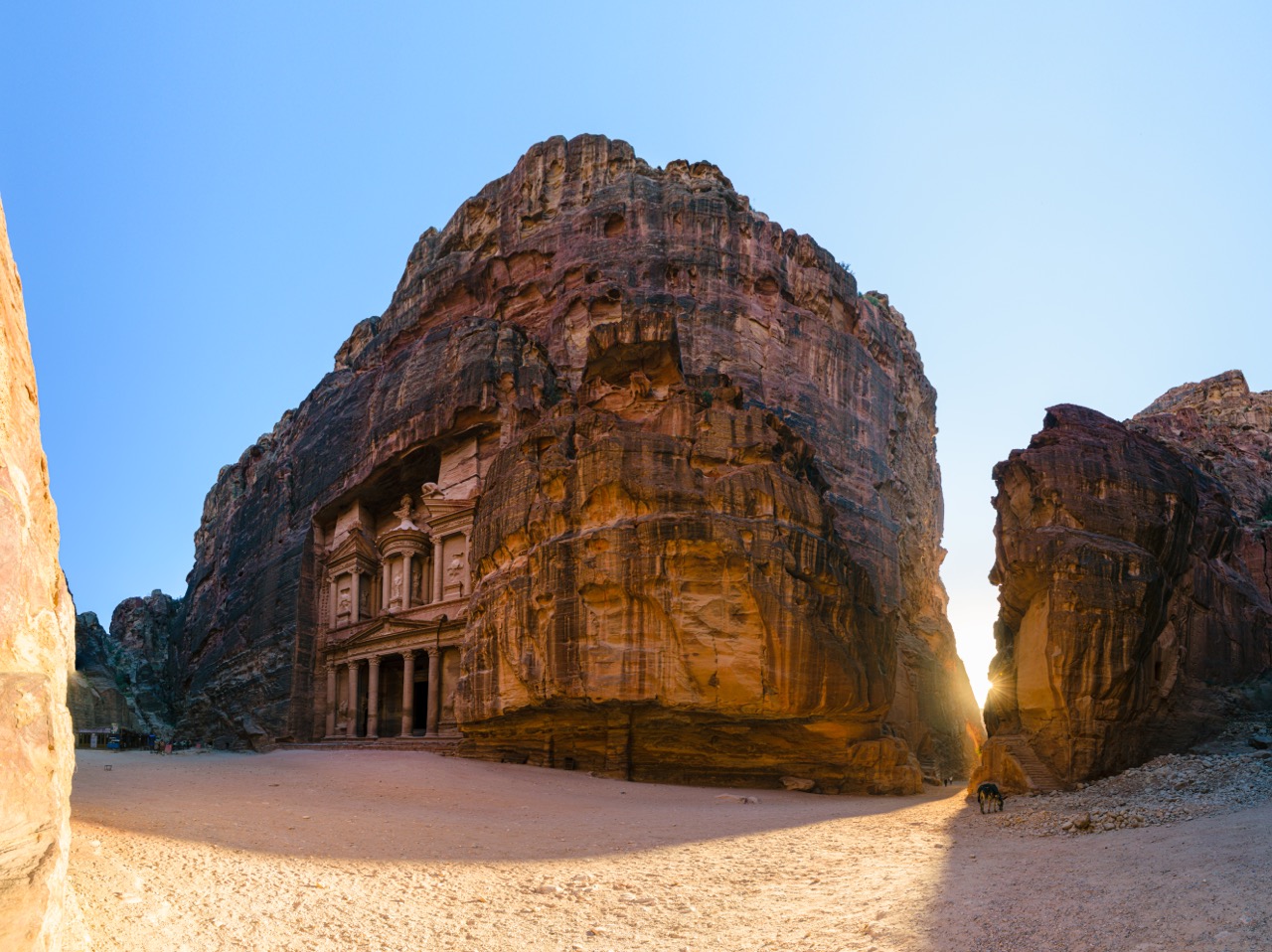Arthur’s Stone, a monument steeped in both ancient history and legend, stands as one of England’s most remarkable Neolithic sites. This dolmen, with its striking stone table design, consists of nine towering upright stones supporting a massive capstone that weighs an astonishing 28 tons (25 metric tons). Its enduring presence has made it a symbol of Britain’s rich prehistoric heritage. The monument is meticulously preserved by English Heritage, an organization dedicated to safeguarding the country’s historical landmarks.
The connection between Arthur’s Stone and the legendary King Arthur dates back as far as the 13th century. According to medieval lore, this site was the backdrop for a dramatic encounter between King Arthur and a fearsome giant. In the tale, Arthur triumphed over the giant, whose death throes left lasting imprints on the stones—a testament, it is said, to the epic struggle. Another version of the legend holds that the indentations in the stone were formed when Arthur knelt in prayer, solidifying the site’s mythical association with the legendary king. Some stories even claim that Arthur himself was laid to rest beneath this ancient monument.
Going beyond the myth
Beyond the myths, Arthur’s Stone has captivated the interest of archaeologists, who have uncovered evidence that situates the monument within a larger prehistoric landscape of ritual significance. Recent discoveries suggest that this 5,000-year-old site was part of a vast ceremonial complex. Central to this complex were the Halls of the Dead, large timber structures that were intentionally burned and subsequently replaced by earthen burial mounds. These findings, brought to light by researchers at the University of Manchester, indicate that Arthur’s Stone and the surrounding area were likely used for ancient rites, possibly serving as a focal point for communal rituals and ceremonies.
The blend of myth and archaeology surrounding Arthur’s Stone offers a fascinating glimpse into how ancient peoples may have perceived their world and how their beliefs have echoed through the centuries. As both a legendary landmark and a significant archaeological site, Arthur’s Stone invites us to explore the depths of history and the enduring power of myth in shaping our understanding of the past.
I am the Librarian, and I, together with the guardians of the Ancient Library, curate content for this site. Welcome, and enjoy your stay.





